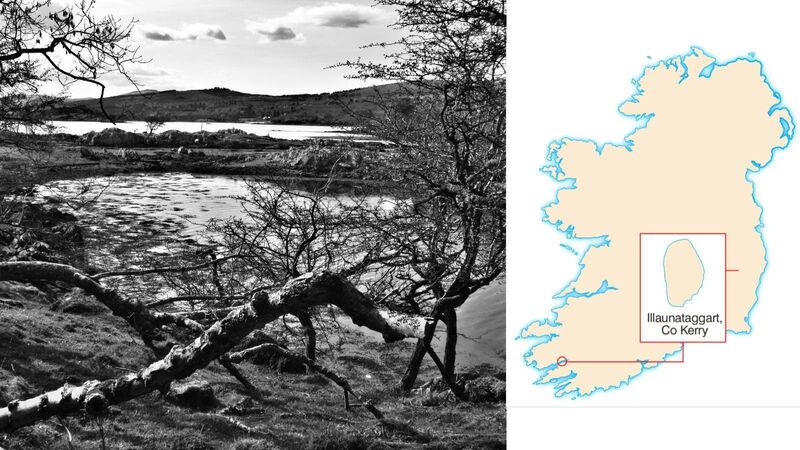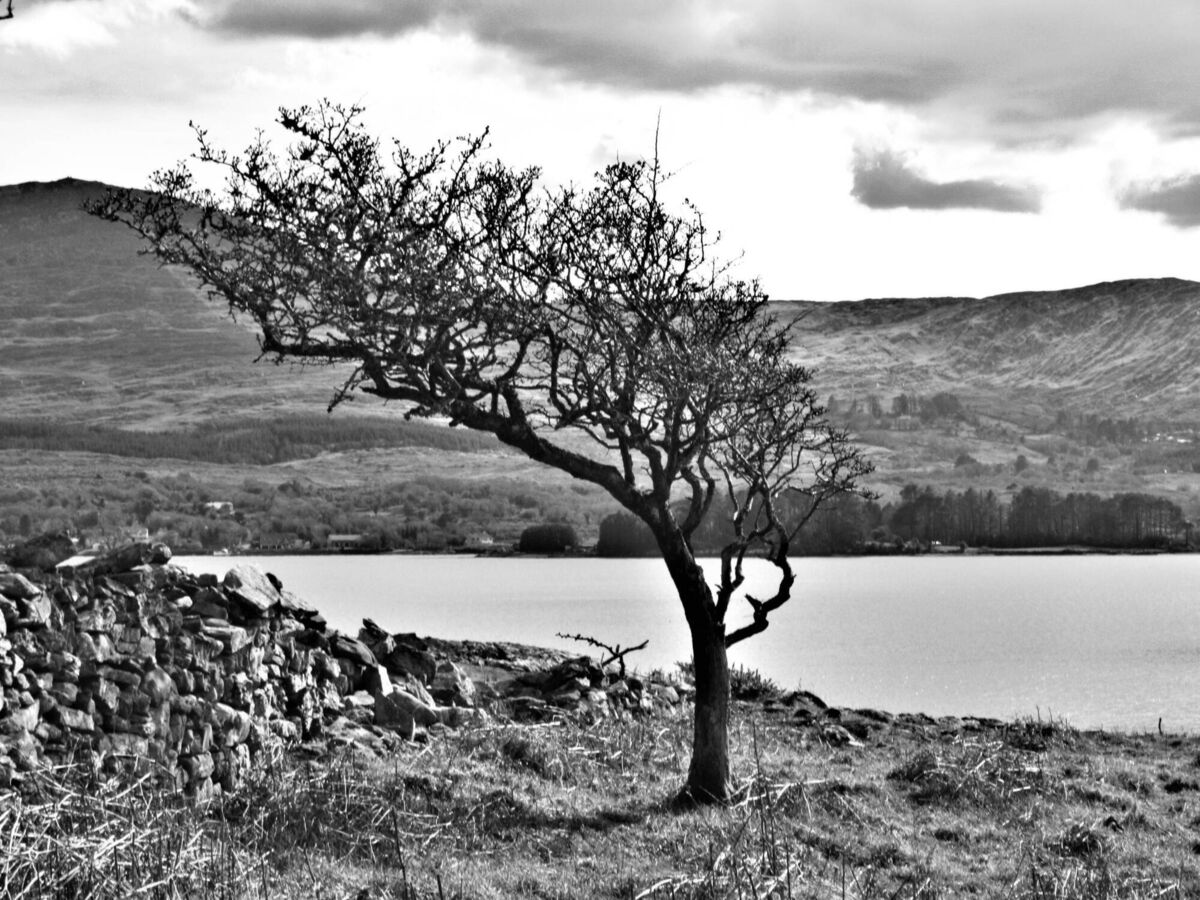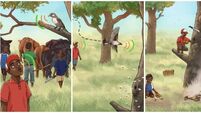Illaunataggart got its name in a time when saying mass or speaking Irish meant punishment and death

The Dunkerron Islands, including Illaunataggart. Picture: Dan MacCarthy
Our placename records are a very deep resource for understanding our geographic heritage, whether physical or social. Yet again in the case of Illaunataggart in Kerry's Kenmare Bay, we see evidence of our storied history. The ‘Island of the Priest’ references a time when to practice the Catholic religion was to risk a death sentence or at least castration for the priests. Hence the many locations around the country where the religion survived by holding masses in woods, mountains, caves and islands, far from the reach of the authorities and inevitable consequences.
The Penal Laws were introduced in the early 18th century as a means of wresting control of Catholic lands and expunging the last vestiges of Gaelic power. So repressive was the system that “both the lord chancellor and the lord chief justice declared at one time that ‘the law does not’ presume any such person to exist as an Irish Roman Catholic”. Among its more punitive and brutal laws were the denial of the right to vote or even to speak Irish. Tough luck if you were monolingual. You could not even own a horse worth more than £5. The repression of Catholicism was not just synonymous with the early 18th century of course. In 1653 Cromwellian forces beheaded Brathair Francis Rua na Scairbhe as he said mass at the end of the Iveragh Peninsula on Scarriff Island.

The Dunkerrons is a minor archipelago taking its name from the Dunkerron Mountains on the Iveragh Peninsula and lying about 10km west of Kenmare in the eponymous ‘ river’. The main island is characterised by sharp limestone outcrops and holly trees which proliferate there. A family called the Kellys lived there in the last century and the islands are now unpopulated. There is no pier and at low tide a sea of mud surrounds them so access can be difficult.
At zero acres, one rood, and 32 perches Illaunataggart (about 20 metres by 50 metres) it is one of the smallest islands to appear in this series. However, for its diminutive size it is surprisingly wooded and the trees do provide a screen from the mainland, which they very likely did when the island was in use as an open air ‘church’. There is no relic of religious activity in evidence though a large rock could have served as an altar. Why this particular island of the Dunkerrons was chosen as a site for mass is hard to say. It has no obvious contemporaneous feature that would have given it an advantage over the other islands and islets. It is reasonably likely that it was the main island for the ceremony but that the others were also used at the time.
Illaunataggart has several neighbouring islets which cluster around the mother island like ducklings. Fox Island; Illaunakilla, Sharpe Islands; Illaunglas; Illaunakilla. And there are even more, if you count the carraigs: Carraignagowna and Carraignahill, in the splintered landscape.

Adjacent to the Dunkerrons is another small archipelago called the Greenanes with an islet called Illaunkilla. According to archaeology.ie there was “an old burial ground here 'not used these three hundred years', and a second island, Carraig a tSagairt, situated northeast of Illaunakilla [Dunkerron islands], where priests used to 'celebrate mass in the 15th and 16th centuries'. It was not possible to visit the island and the site is not remembered locally.” There is also an Illanataggart in County Mayo and an Island Taggart in County Down Island Taggart derives from Inis Mhic tSagairt (McIntaggart’s Island). McIntaggart means means ‘son of the priest’.
The placename occurs in many locations around the country including at Inse an tSagairt at Bonane near Kenmare, very close to the Dunkerron Islands. Inse translates as ‘water meadow’ or grassy place along a meadow, places which may have included river islands. Another word for the topographical feature is ‘holm’ which appears throughout Scandinavia in ‘Bornholm’, Horsholm and Munkholm. The historic name for Skerries, County Dublin is Holmpatrick or St Patrick’s Island where St Patrick himself was thought to have landed and founded a monastery in the fifth century.
: The Dunkerron Islands are privately owned and landing is discouraged.
: , by Robert Kee, Penguin








